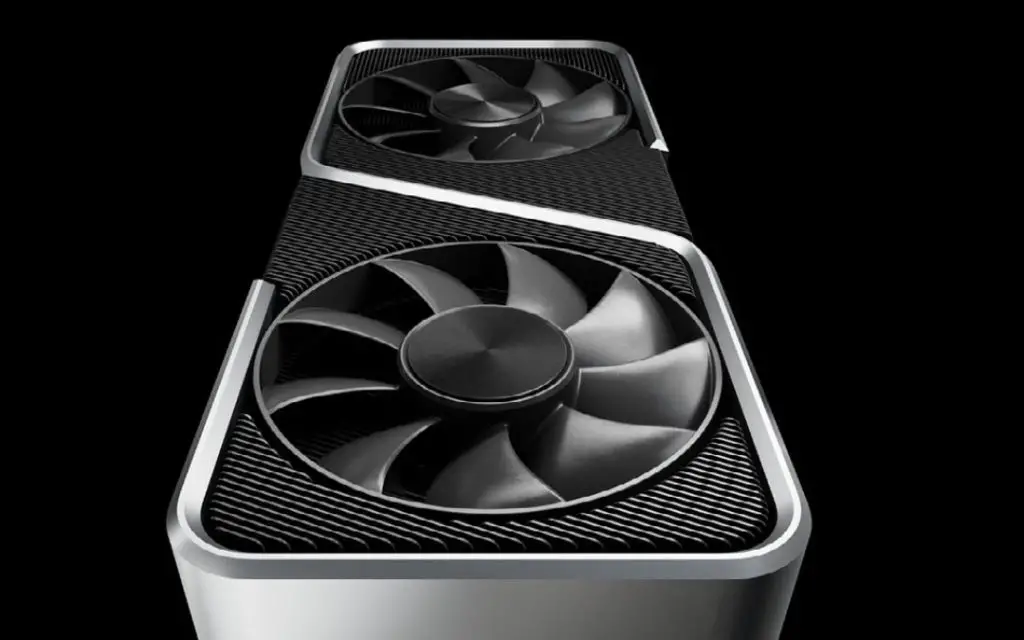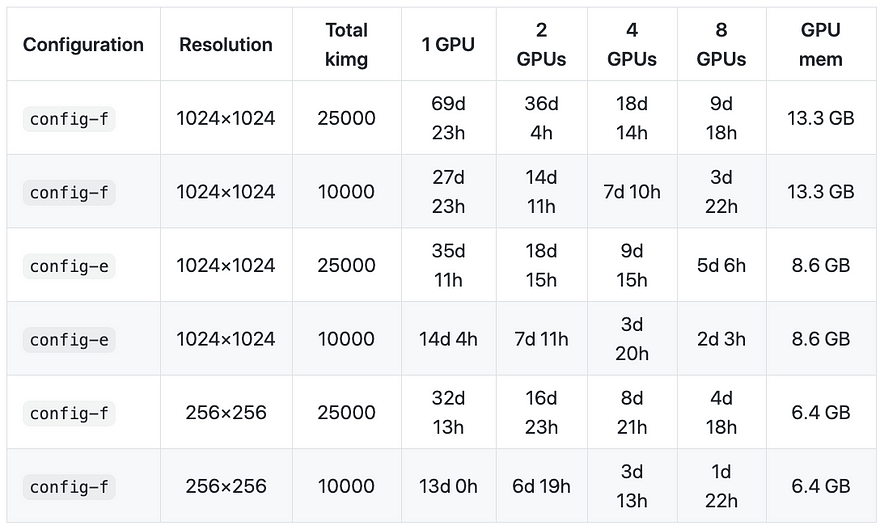
Based on pure specs alone, the new Geforce RTX 3060 is a brilliant budget proposition for anyone looking to get into Deep Learning. It has plenty of CUDA cores(3584) and 12GB of GDDR6 memory. With the added benefit that you can also use it for gaming too if that’s something you fancy.
And finally, I will discuss what is in everyone’s mind. Is it a good thing that Nvidia decided to keep the RTX 3060 away from the crypto miners? Does this mean that finally, Nvidia is releasing a GPU that we can buy?
But why do you need an NVIDIA GPU for Deep Learning in the first place?
It is a bit of a long story, and I will try to cut it very short. The main reason that you need an NVIDIA GPU is because of CUDA. CUDA is a proprietary programming framework developed by NVIDIA that facilitates massive parallelization of computations using the cores in an NVIDIA GPU. Nvidia has also developed CuDNN, a library with GPU accelerated functions that are needed to train Deep Neural Networks.
Because both TensorFlow and PyTorch decided to rely on these libraries, alone, you have no option other than using an Nvidia GPU. That is, if you are interested in doing Deep Learning. So I hope that explains it.
Why does the number of CUDA cores matter?
The number of CUDA cores determines the number of parallel computations that can be performed at the same time. The higher the number of CUDA cores, the better. The new RTX 3060 has 3584 CUDA cores, which means it can execute 3584 parallel computations at the same time. I am overly simplifying here, but I hope you get what is at stake here.
Is Memory more important than CUDA cores?
Having lots of CUDA cores and little GPU memory is like having a big mouth but no teeth. Even though CUDA cores make everything go faster, they don’t help if you don’t have enough GPU memory. For example, if you are trying to train a Style GAN, which is particularly demanding in terms of GPU memory, with image sizes above 256 pixels, it will not work if you have less than 10 GB of GPU memory.

Even if you do have the minimum amount of GPU memory, it can take a huge amount of time to train the model. And this is where the number of CUDA cores can help.
The RTX 3060 has 12GB Of GDDR 6, which is really a bargain in my view. My advice is, compromise on CUDA cores before you compromise on GPU memory.
How does the RTX 3060 compare to the RTX family?
It looks like a very compelling proposition indeed for machine learning and gaming. It does have the lowest number of CUDA cores, but it is the second-highest in terms of GPU memory, behind the RTX 3090, costing only $329!? Bearing in mind that the memory used in the RTX 3080 and 3090 is faster. Compare that to $1499 for an RTX 3090 or $699 for an RTX 3080? I know, these are all fantasy release prices. But still.
| Model | CUDA Cores | Memory | Release Price |
| Geforce RTX 3060 | 3584 | 12 GB GDDR6 | $329 |
| Geforce RTX 3060 Ti | 4864 | 8 GB GDDR6 | $399 |
| Geforce RTX 3070 | 5888 | 8 GB GDDR6 | $499 |
| Geforce RTX 3080 | 8704 | 10 GB GDDR6X | $699 |
| Geforce RTX 3090 | 10496 | 24 GB GDDR6X | $1499 |
Is it a good thing that Crypto miners are not allowed to use this card for Crypto mining?
With such a compelling budget proposition, the RTX 3060 is also in the sweet spot for Crypto Miners who want to make some quick money and who tend to buy GPUs like hotcakes. This makes the latest decision from Nvidia to try and restrict the RTX 3060 from being used by miners not that surprising.
Apparently, the restrictions were made both at the level of the driver and in the GPU bios itself, so it should be quite difficult to bypass.
Assuming that no-one is able to come up with a way to remove this restriction, is this going to help with the general availability of GPUs, which lately are almost impossible to buy?
I don’t think so, but I am open-minded. But all evidence points to the contrary right now. Nvidia is still providing a new line of GPUs for fulfilling the demand for crypto miners, which means that there will still be an issue in competing for limited resources. Right now, with the world in lockdown, there is just not enough silicon available. Even Automotive companies can’t get enough of it.
Crypto mining GPUs will end in a landfill instead of the second-hand market
Another important point, raised by Linus Tech Tips about the secondhand market and wastage. By creating GPUs that are only good enough for crypto mining, later down the line when the next crypto mining bust comes, or the GPUs become obsolete for mining, the most likely destination of all these GPUs will be to the landfill instead of going on eBay for gamers or machine learning enthusiasts to buy. This of course will keep GPU prices high while doing nothing to help gamers or the environment.
Buy the RTX 3060 If you are looking to begin Deep Learning
My final recommendation is, if you are new to Deep Learning go for the RTX 3060, that is if you are able to find one in stock, think no further. That is currently the best bargain available for entry-level deep learning.
But it is not the end of the world if you can’t find an RTX 30 series card. You can still do Deep-Learning by using Google Colab for free. If you have watched my videos before, you will notice I like to use Google Colab a lot in my videos. And I do have a “Deep Learning” PC too. But Google Colab is so convenient that I often don’t bother switching on my PC.
Resources
Recommended Courses for Data Science
- Learn Python for Beginners 👉🏼 Python for Everybody
- Learn Deep Learning with Andrew Ng 👉🏼 Neural Networks and Deep Learning by Andrew Ng
- Learn Data Science with Coursera Plus 👉🏼 Coursera Plus For Data Science